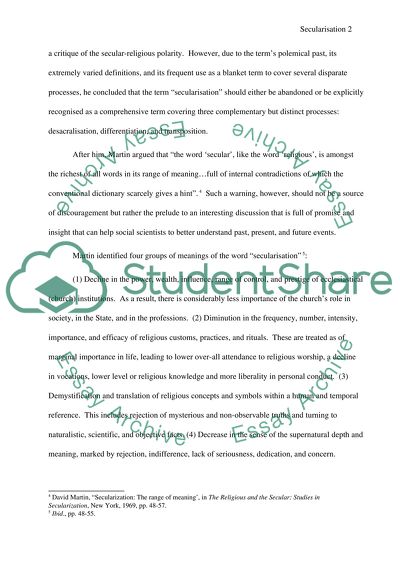Cite this document
(“Secularisation Essay Example | Topics and Well Written Essays - 3000 words”, n.d.)
Retrieved from https://studentshare.org/miscellaneous/1513130-secularisation
Retrieved from https://studentshare.org/miscellaneous/1513130-secularisation
(Secularisation Essay Example | Topics and Well Written Essays - 3000 Words)
https://studentshare.org/miscellaneous/1513130-secularisation.
https://studentshare.org/miscellaneous/1513130-secularisation.
“Secularisation Essay Example | Topics and Well Written Essays - 3000 Words”, n.d. https://studentshare.org/miscellaneous/1513130-secularisation.


